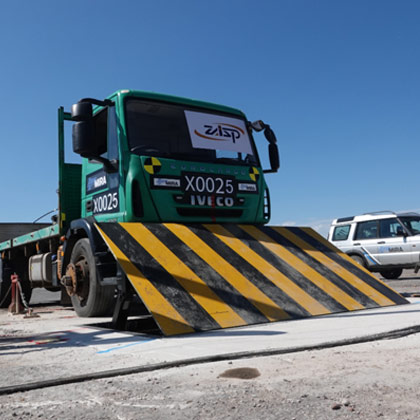In the realm of security solutions, one powerful tool that often comes into play is the wedge barrier. This innovative technology has gained prominence for its effectiveness in various applications, providing enhanced safety and control. Let’s delve into what a wedge barrier is and explore the scenarios where it finds optimal use.
Defining Wedge Barriers
Wedge barriers are specialized security devices designed to control vehicular access by creating a physical barrier in the form of a wedge-shaped obstacle. These barriers are typically installed at entry points where controlled access is crucial, such as military installations, government facilities, and high-security zones.
Key Features and Functions
Wedge barriers operate by rising from the ground to obstruct the path of oncoming vehicles. They are known for their rapid deployment and high-strength materials, making them an effective deterrent against unauthorized access. These barriers are often integrated with advanced control systems, enhancing their functionality and adaptability to different security needs.
Applications in Various Sectors
The versatility of wedge barriers makes them suitable for a range of applications. They are commonly used in military installations, border control points, airports, and critical infrastructure locations. The ability to provide quick and reliable security makes wedge barriers an indispensable component of comprehensive security systems.
Optimizing Security Protocols
Integrating wedge barriers into security protocols enhances overall safety measures. Their strategic placement and rapid response capabilities contribute to the prevention of unauthorized vehicle access, safeguarding both people and property.
Questions and Answers
Q: How do wedge barriers differ from traditional security barriers?
A: Wedge barriers differ in their design, with a wedge-shaped obstacle rising from the ground to block vehicles. Traditional barriers may include gates or bollards, offering distinct mechanisms for controlling access.
Q: Where are wedge barriers most commonly deployed?
A: Wedge barriers are commonly deployed in high-security areas such as military bases, government facilities, and critical infrastructure points. Their effectiveness in rapid deployment makes them suitable for various security applications.
Conclusion
In conclusion, understanding what a wedge barrier is and when it is used is essential for implementing robust security measures. These barriers play a pivotal role in safeguarding sensitive areas and contribute significantly to the overall security infrastructure.


